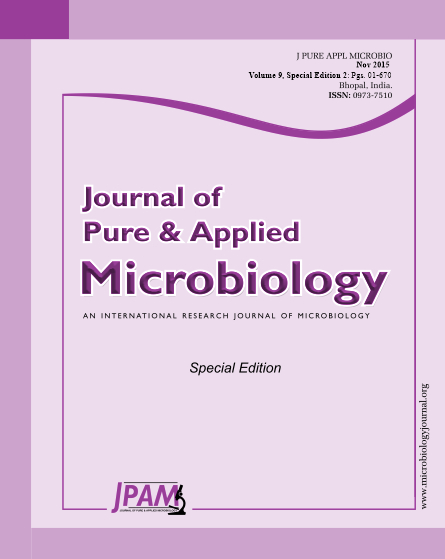The effects of cold treatment (4°C for 0, 2, and 5 days), heat shock (30°C for 0, 2, and 5 days), and two induction media (B5 and NLN) supplemented with 2% and 9% sucrose were assessed on microspore embryogenesis induction in tomato using shed microspore culture technique. Significantly higher callusing was obtained when anthers were cultured on the B5 medium with 2.0 mg l-1 2, 4-D and 2.0 mg l-1 BAP. In addition, IAA at 0.5 mg l-1 in combination with 0.5 mg l-1 Kin also substantially improved callogenesis. Chitosan treatment proved to be beneficial to callusing and shoot regeneration so that, high callogenesis (85%) and shoot regeneration (3%) was obtained from anthers treated with 50 mg l-1 chitosan. Microspore-derived structures with more than 9 nuclei were observed in both media containing 2% sucrose when treated at 4°C for 2 days and 30°C for 2 and 5 days. Microspore-derived embryos (MDEs) were only obtained in the double-layer B5 medium supplemented with 2% sucrose which exposed to 4°C for 2 days and then 30°C for 2 and 5 days. Microspore embryogenesis in tomato could be efficiently induced when appropriate duration of cold treatment, heat shock, and induction medium were selected.
Lycopersicon esculentum Mill., Microspore embryogenesis, Shed microspore culture
© The Author(s) 2015. Open Access. This article is distributed under the terms of the Creative Commons Attribution 4.0 International License which permits unrestricted use, sharing, distribution, and reproduction in any medium, provided you give appropriate credit to the original author(s) and the source, provide a link to the Creative Commons license, and indicate if changes were made.


